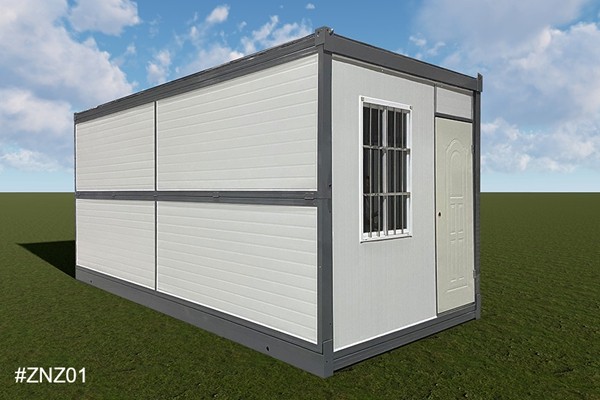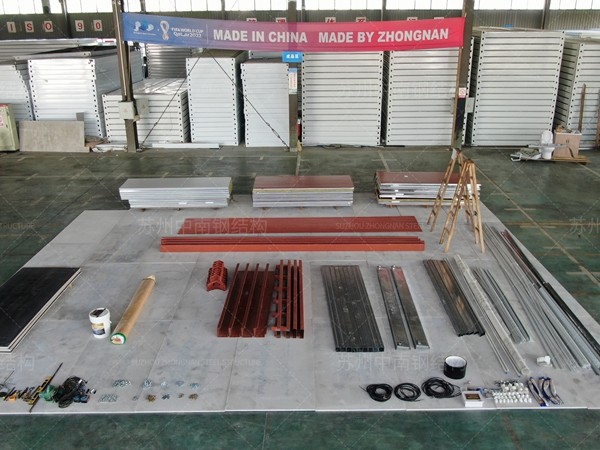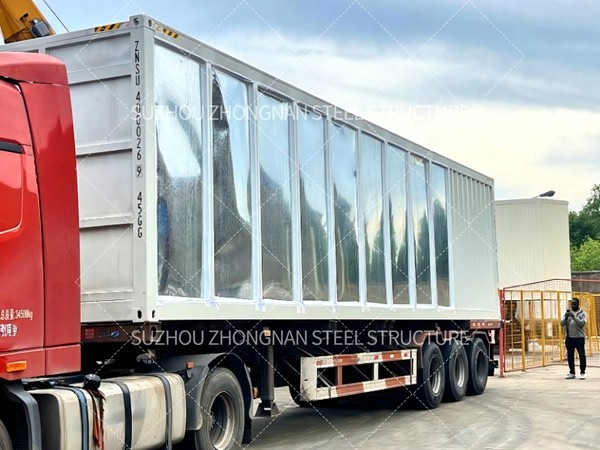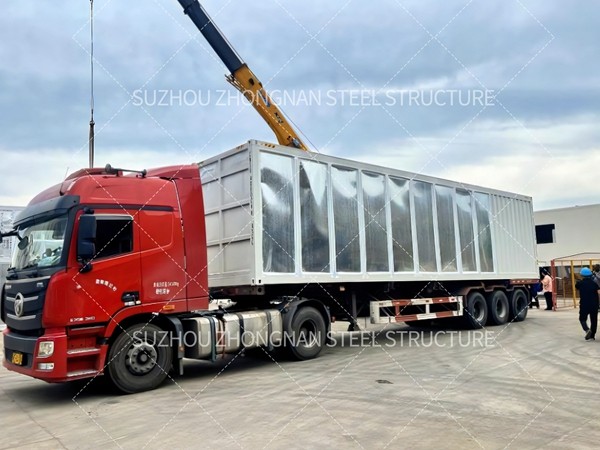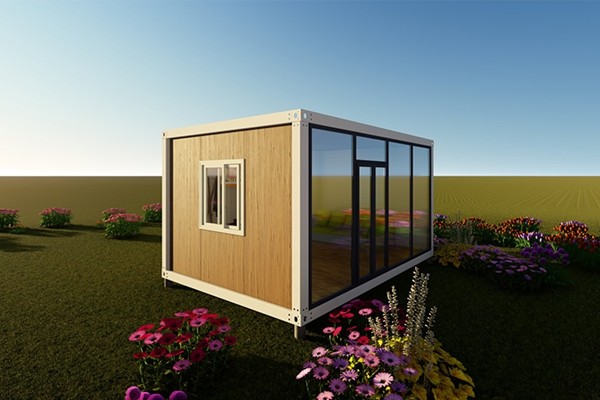prefab container homes prices
Prefab container homes have become an increasingly popular housing solution in recent years, offering an innovative and economical option for those seeking alternative living spaces. The demand for these homes continues to grow, driven by urbanization trends, sustainability concerns, and the need for affordable housing. This article delves into the specifics of prefab container home prices, exploring the various factors that influence costs, providing insights from industry experts, and sharing real-life experiences from current homeowners.
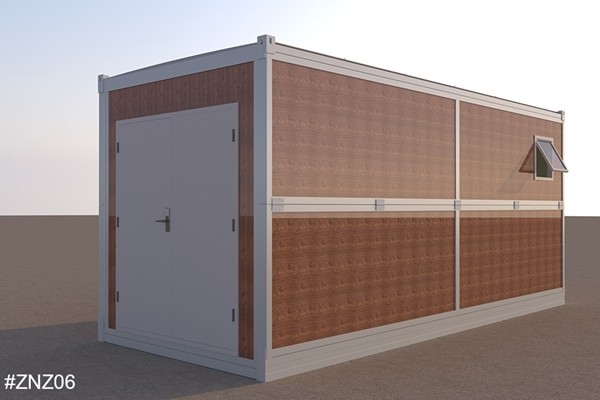
The cost of prefab container homes can vary significantly depending on various factors, including size, design complexity, location, and additional features. On average, prices can range from $10,000 for a basic single-container home to over $100,000 for a larger, custom-designed multi-container dwelling. It's crucial to consider not only the initial costs but also potential long-term savings. Container homes are often praised for their energy efficiency and low maintenance requirements, which can result in reduced utility bills and upkeep costs over time.
Size is one of the primary determinants of a container home's price. Single-container homes, which typically cover about 160 square feet, are on the lower end of the pricing spectrum. These are ideal for minimalists or individuals needing a small, efficient living space. Multi-container homes, which can range from 320 to over 3,000 square feet, offer more space but come with an increased price tag. The price per container usually decreases as the number of containers increases, given economies of scale.
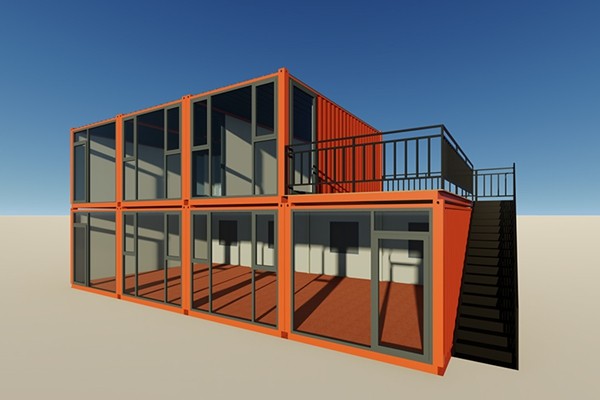
Design complexity and customization also play a significant role in pricing. Standard models, which often come pre-built with essential amenities, are more affordable. However, homeowners looking for unique architectural features, high-end finishes, or specific layouts may incur higher costs. According to architectural designer Lisa Martin, Customization significantly impacts the overall budget, but it allows homeowners to align the space precisely with their lifestyle needs.
The location of the container home affects the pricing, primarily due to varying costs of land, local building regulations, and labor. Urban areas with higher land costs will naturally drive up total expenditures. Additionally, certain regions may have zoning laws that necessitate specific modifications or standards, adding to the cost. Consulting local building experts can help navigate these challenges successfully, ensuring compliance with laws without excessive spending.prefab container homes prices
Additional features and technologies incorporated into prefab container homes contribute to overall expenses but can enhance comfort and functionality. Eco-friendly installations like solar panels, advanced HVAC systems, and rainwater harvesting setups provide sustainability but require an upfront investment. Nonetheless, these features increase a home's resale value and attractiveness in a market that increasingly values environmental responsibility.
Real-life experiences shed light on the benefits and challenges of investing in prefab container homes. Sarah Thompson, a container homeowner in Oregon, shares, We chose a container home for its eco-friendliness and affordability. While the initial setup was pricey due to custom features and permits, our energy bills are now markedly lower. Importantly, we love the aesthetic and functionality. Such testimonials highlight the importance of considering both lifestyle fit and financial aspects when deliberating on container home investments.
Industry experts suggest that buyers conduct thorough research and obtain detailed quotes from multiple manufacturers and builders. This approach ensures transparency and prevents unexpected expenses. Expert builder Ron Williams advises, It's crucial to compare different providers, assess their track record, and understand what their pricing includes. Opting for a reliable company with a history of successful projects can save you from potential costly pitfalls.
Trustworthiness in the prefab container homes market is key. Buyers should look for manufacturers that offer warranties and post-purchase support, providing peace of mind regarding structural integrity and additional assistance if required. Customer reviews and testimonials can serve as valuable resources in evaluating a provider's credibility and customer satisfaction levels.
In conclusion, prefab container homes provide a viable and innovative living solution, catering to diverse needs and preferences. Despite varying costs influenced by several factors, these homes offer potential savings and environmental benefits that make them a worthwhile investment. With expert advice and practical research, prospective buyers can navigate the complexities of the market and find a container home that meets their expectations and budget.

